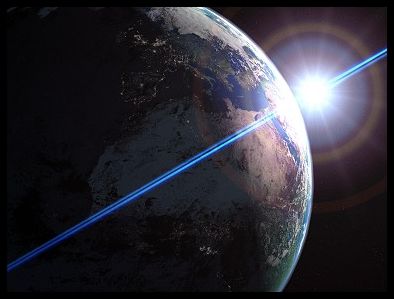
Life in the Universe
Prof. Scott Gaudi

|
Astronomy 141 Life in the Universe Prof. Scott Gaudi |
Key Ideas
Where are the planets?
Things to Keep in Mind
Planets are (comparatively) very small!
Finding Exoplanets
Detecting Exoplanets
Wobbling Stars
Doppler Effect
Doppler Wobble
Doppler Wobble Measurements
Astrometric Wobble
Transits
Microlensing
Strange New Worlds
51 Pegasi
Roster of New Planets
Planet Properties
Selection Effects
Current methods are not yet sensitive to Earths
Strange New Worlds
The Future
Kepler
See A Note about Graphics to learn why the graphics shown in the lectures are generally not reproduced with these notes.
[ Return to the Astronomy 141 Main Page | Unit 4 Page ]